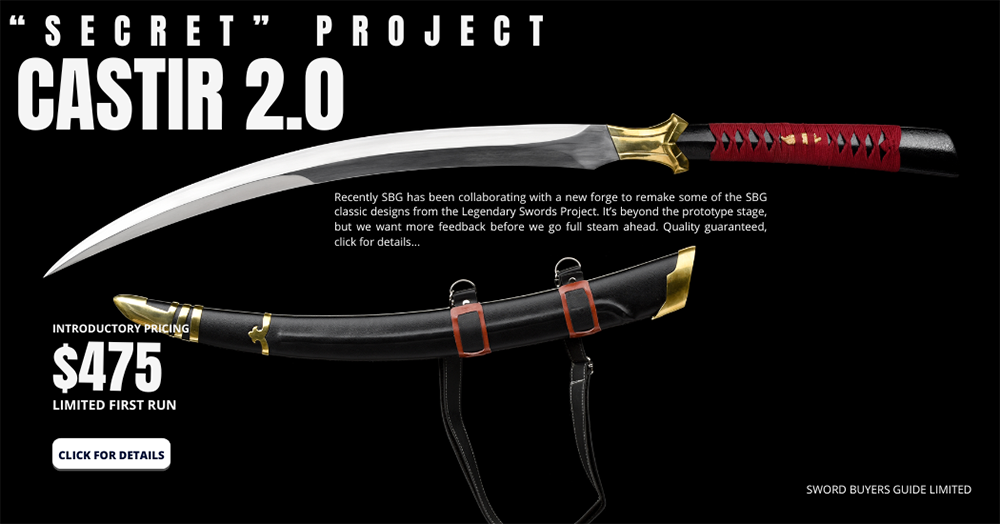|
|
Post by ninjedi on Feb 27, 2013 18:38:11 GMT
Is anyone of the mind that 440 stainless is actually a better option versus carbon steel as a tactical/survival sword/blade due to the fact that it won't rust out? Of course the flipside is that you would have to sharpen it constantly (if used regularly).
|
|
|
|
Post by William Swiger on Feb 27, 2013 18:43:19 GMT
No - do not think it is better option.
|
|
Talon
Member
Senior Forumite
Posts: 2,554
|
Post by Talon on Feb 27, 2013 18:51:11 GMT
As a rule stainless is too brittle a steel for sword's.12 inches maximum for a stainless blade is the norm.I seem to remember reading that there are smith's who can make a longer functional stainless sword but imo they wouldn't be worth it.Rust on a sword is easy to avoid,and even if it does start to show rust, as long as it's not left on to develop into the dreaded red rust it's no biggy.I actually like a bit of patina on my blades.I used a vinegar and salt spray to age a gsow  |
|
|
|
Post by Timo Nieminen on Mar 10, 2013 5:36:48 GMT
One could invent circumstances where the corrosion resistance would be useful enough to make 440A better.
440C is really high carbon, and will tend to be too brittle. 440A is quite respectable as a sword steel, but will never be as tough for the same hardness, or as hard for the same toughness as a properly heat-treated carbon steel. Even the higher carbon 420 steels can be quite OK, if heat-treated properly. So, if you're prepared to sacrifice hardness for corrosion resistance, it could be OK.
|
|
Sébastien
Senior Forumite
Retired Moderator
Posts: 2,967
|
Post by Sébastien on Mar 11, 2013 5:40:50 GMT
From what I read, 440A is actually less resilient than 440C and would probably make a worse blade steel. 440C is already too brittle for anything that is longer than a large survival knife (anything with a blade that goes beyond the 12'' mark). So, 440ABC aren't appropriate sword steels.
However, a couple of custom swords makers make swords made of stainless steel (althought they don't use 440ABC), so stainless swords are possible, but they are usually pricey.
Personnaly, I think a thin layer of oil or other anti-rust lubricant will do the job, and will be less trouble than getting a proper stainless steel sword.
|
|
|
|
Post by Timo Nieminen on Mar 11, 2013 7:17:21 GMT
440A is 0.6-0.75% carbon, 440B is 0.75-0.95% carbon, 440C is 0.95-1.2% carbon. As with carbon steels, you get higher hardness and less toughness as you increase the carbon in these ranges. Other than the carbon content, 440A,B,C are the same.
You get more junk made with 440A, since it's easier to machine and otherwise work. If somebody wants to say "440 stainless steel" without caring about having a good product, they'll use 440A. For short blades, the difference matters since 440A only gets to about HRC56 or so, and 440C will go to well over HRC60, so you find better knives often being 440C and not 440A.
For reasonable hardnesses, 440A is about twice as tough as 440C (i.e., it requires about twice as much energy to break (based on Izod V-notch tests)).
Generally, 440A-C will be about 1/2 to 2/3 the strength of carbon steels of the same carbon content.
|
|

